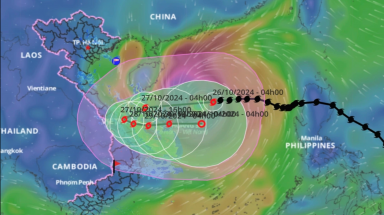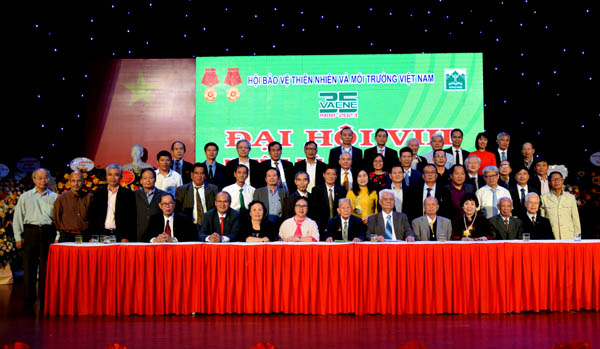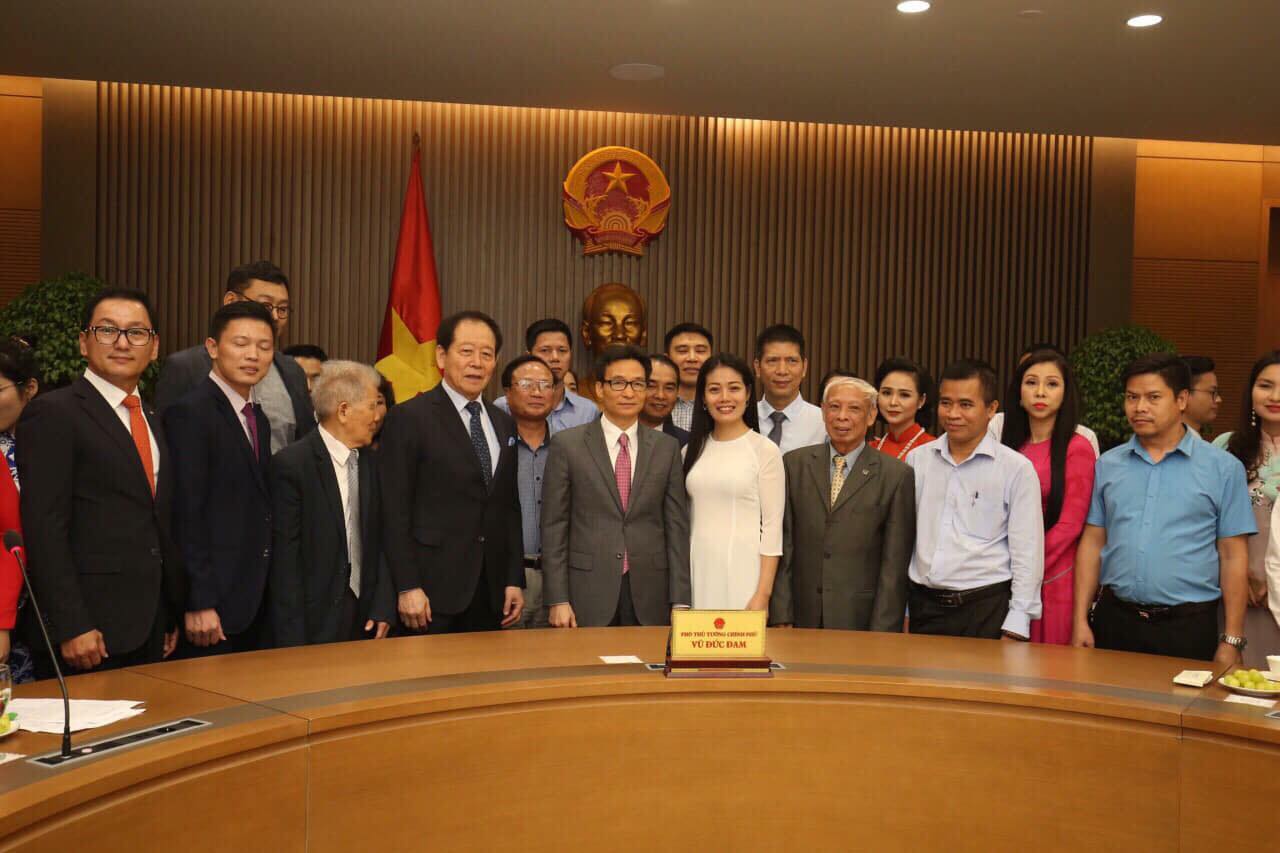Scientists strive for pinpoint warming forecasts
(00:20:38 AM 18/06/2011)
OSLO (Reuters) - Moving on from the risk of global warming, scientists are now looking for ways to pinpoint the areas set to be affected by climate change, to help countries plan everything from new crops to hydropower dams.
ADVERTISEMENT
Billion-dollar investments, ranging from irrigation and flood defences to the site of wind farms or ski resorts, could hinge on assessments about how much drier, wetter, windier or warmer a particular area will become.
But scientists warn precision may never be possible. Climate is so chaotic and the variables so difficult to compute that even the best model will be far from perfect in estimating what the future holds.
"We need to give indications which are at the scale countries can use to make decisions," said Michel Jarraud, head of the World Meteorological Organization (WMO) which oversees the U.N.'s climate panel.
"We need to come to a scale which is smaller than countries like
"We are not yet there."
The U.N. climate panel meets in
It will also look at what a next report, perhaps in 2013 if governments agree on spending, might contain. The Intergovernmental Panel on Climate Change (IPCC) shared the 2007 Nobel Peace Prize with former U.S. Vice President Al Gore.
An IPCC report in April gave regional projections for a warmer climate such as a melting of the Himalayan glaciers or better growing conditions for Nordic forests, but the scale is often too vague to be of great use.
DAMS, SKI SLOPES
Farmers from
But forecasts may never be precise enough to estimate which of two neighbouring valleys in the
"To get down to the site-level would be a huge step," said Martin Parry, a British scientist who co-chairs the IPCC section devoted to regional impacts of climate change.
The impact of global warming depends largely on how many people keep burning fossil fuels, a main source of greenhouse gases, or develop cleaner energies such as wind or solar power.
"I don't think that an assessment in 2013 would deliver that much more detail needed for planners on water issues," said Johan Kuylenstierna of the Stockholm International Water Institute. "The uncertainties will still be quite high."
Planners already know enough to act in many cases. The smallest grids used for climate projections are 50x50 km.
FIRST-FLOOR KITCHENS
Painting houses white to protect against heatwaves makes sense, Parry said. Homeowners in areas at greater risk of floods could raise electrical goods such as fridges or washing machines off the ground floor.
Parry said some farmers in eastern
A rise in sea-levels is already factored in as a threat to all coasts. The IPCC projects that sea-levels will rise by 18-23 cms this century.
"It would be pretty unwise to build a nuclear power station at sea-level," Parry said.
WATER
Kuylenstierna said there may well be stronger evidence by 2013 that climate change is under way, such as melting Arctic ice or a drier Mediterranean region. That would in turn give pointers to future change.
"But to break that down to information to a level relevant to a city or a hydroelectric dam base is a different question. I think nature is much more complex," he said.
"Even so, we can start making a lot of investments today."
Glaciers are already melting in mountain ranges from the
In
Bạn cũng có thể quan tâm:
-
 Động đất có độ lớn 3.8 tại Kon Plông, Kon Tum
Động đất có độ lớn 3.8 tại Kon Plông, Kon Tum
-
 Tỉnh đầu tiên ở miền Tây công bố tình huống khẩn cấp về thiên tai xâm nhập mặn, thiếu nước
Tỉnh đầu tiên ở miền Tây công bố tình huống khẩn cấp về thiên tai xâm nhập mặn, thiếu nước
-
 Bão Trà Mi tăng lên cấp 11, giật cấp 14 và đang tiến vào vùng biển nước ta
Bão Trà Mi tăng lên cấp 11, giật cấp 14 và đang tiến vào vùng biển nước ta
-
 Quảng Ninh lo ngại nguy cơ cháy rừng sau bão Yagi
Quảng Ninh lo ngại nguy cơ cháy rừng sau bão Yagi
-
 Bão Krathon dự báo vào Biển Đông nhưng đột ngột vòng lên phía Đài Loan
Bão Krathon dự báo vào Biển Đông nhưng đột ngột vòng lên phía Đài Loan
-
 Ninh Thuận:Trẻ em bị nước cuốn trôi khi đi qua bờ tràn
Ninh Thuận:Trẻ em bị nước cuốn trôi khi đi qua bờ tràn
-
 Mực nước nhiều sông tại Hải Dương lên mức trên báo động 3
Mực nước nhiều sông tại Hải Dương lên mức trên báo động 3
-
 Bão Yagi khiến 14 người tử vong, 220 người bị thương, 7.390 nhà hư hỏng
Bão Yagi khiến 14 người tử vong, 220 người bị thương, 7.390 nhà hư hỏng
-
 Thanh Hóa: Bờ sông Chu sạt lở, người dân lo làng bị "nuốt"
Thanh Hóa: Bờ sông Chu sạt lở, người dân lo làng bị "nuốt"
Bài viết mới:
- Hoạt động bảo tồn Cây Di sản trở thành phong trào của cộng đồng nhờ sự hưởng ứng của người dân (20/03/2025)
- Hai cụ hoa Đại 1.000 năm tuổi báu vật xã Dân Quyền, huyện Tam Nông, Phú Thọ là Cây Di sản Việt Nam (20/03/2025)
- VACNE tiếp tục đóng góp công tác bảo vệ môi trường Thủ đô Hà Nội (20/03/2025)
- Thêm 4 cây cổ thụ của Hà Nội được vinh danh Cây Di sản Việt Nam (20/03/2025)
- VACNE cùng cộng đồng sôi nổi chuẩn bị kỷ niệm 15 Năm sự kiện Bảo tồn Cây Di sản Việt Nam (12/03/2025)
- Tâm sự của GS.TSKH Đặng Huy Huỳnh nhân 15 năm Sự kiện Bảo tồn Cây Di sản Việt Nam (12/03/2025)
- Những cây cổ thụ đầu tiên của huyện Sơn Dương, tỉnh Tuyên Quang được vinh danh cây Di sản Việt Nam (25/02/2025)
- Cây cổ thụ kỳ lạ vùng chân núi Tam Đảo được công nhận Cây Di sản Việt Nam (25/02/2025)
- Cây Rỏi mật đầu tiên ở nước ta được công nhận Cây Di sản Việt Nam (25/02/2025)
- Vận động ngư dân đưa rác về bờ và câu chuyện thay đổi hành vi ở tỉnh Phú Yên (20/02/2025)

Hà Nội sắp nắng nóng 33-35 độ C
(Tin Môi Trường) - Từ ngày 26 đến 28-3, khu vực Tây Bắc Bộ và từ Thanh Hóa đến Huế có khả năng nắng nóng diện rộng đầu tiên trong năm nay

Khôi phục tầng ozone, giảm thiểu biến đổi khí hậu
(Tin Môi Trường) - Ngày Quốc tế bảo vệ tầng ozone được tổ chức vào ngày 16/9 hằng năm nhằm tăng cường sự hiểu biết Nghị định thư Montreal về các chất làm suy giảm tầng ozone, nâng cao nhận thức, truyền tải các thông điệp bảo vệ tầng ozone tới cộng đồng.

Dự báo chỉ số cực đại bức xạ tia cực tím và tiềm năng nhiệt ngày 28/6/2023
(Tin Môi Trường) - Theo Trung tâm Dự báo khí tượng thủy văn quốc gia, ngày 28/6/2023, hầu hết các tỉnh thành trên cả nước đều có chỉ số UV ở mức nguy cơ gây hại cao đến rất cao (6.6 - 9.7), riêng thủ đô Hà Nội và Cần Thơ ở ngưỡng cao (6.2 - 7.4).
.jpg)

 Trợ giúp |
Trợ giúp | Site map |
Site map |































